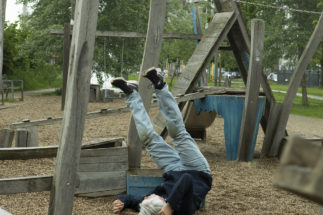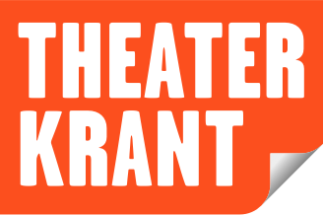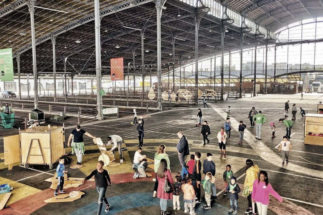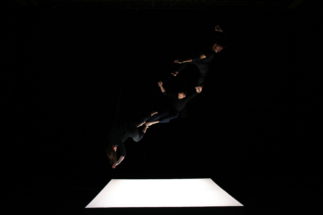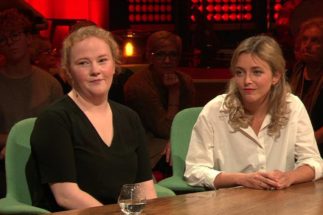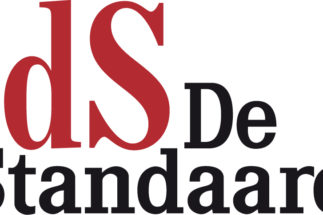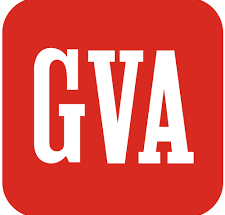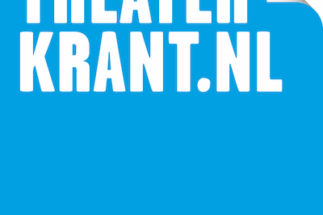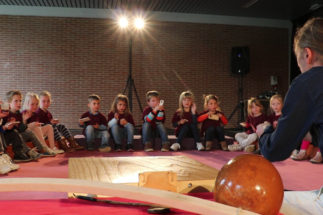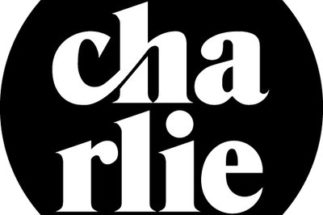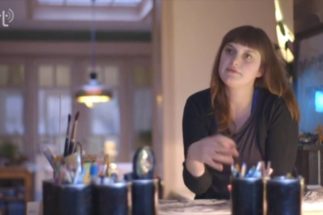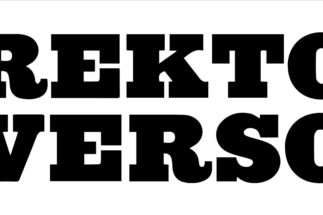Review Kalf!
23.04.2017
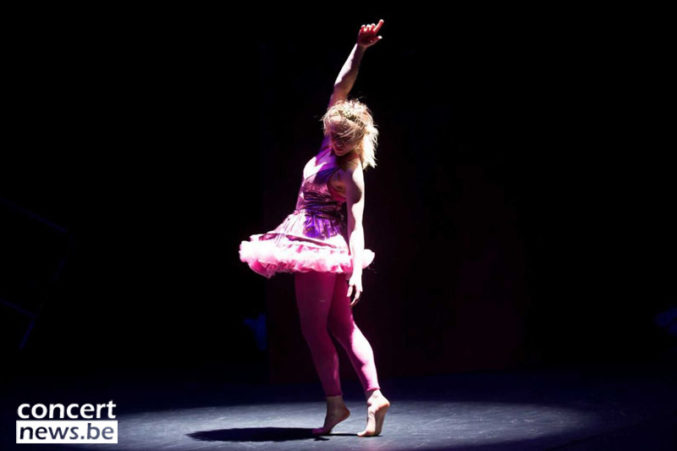
Kalf! from ZAAM with and by Dimitri Leue, Anastassya Savitsky and Wouter Konings/Uruz has become a pretty raw children’s show. An indictment of the meat industry, butchers and farmers who breed cows to produce milk or bulls for meat. The only thing missing from the show was a label ‘approved by Gaia’ or something. The children in the audience – for 6-year-olds the subject matter was a bit harsh and too in-your-face anyway, let alone that they understood the vegetarian message – did not always keep their attention at Kalf. And when they did, it was actually against the intention of the musical theatre performance. For instance, we saw that the children really enjoyed what Leue called the “boring” game scene between Savitsky and him. Both of them each portray a bovine with cap and sawed-off horns on to show the very repetitive life they had to lead in a stable behind a barred fence. But it was precisely this scene, full of linguistic humour, that the youngsters could enjoy.
‘Hi’ sounded when Leue addressed Savitsky in the stable. Not much later, that became ‘Hay’. This was followed by delightful word plays like “I’m getting all hay!”, “Hay isn’t?”, “Thank oe”, “Am a bit tired”, “Sprinkle!” and “I’m a bit scattered!”. Even the rest of the performance, which is a mix of dance – we see Anastassya Savitsky dancing ‘love, security and pregnancy’, among other things – , music and theatre, does contain some linguistic and visual winks such as the moment when Koetje Kalf’s mother has to be-fall. Then we see Savitsky effectively fall to the stage floor during her choreo. Ditto when the phrase ‘I don’t want candy or liquorice’ falls, even then on ‘liquorice’ she drops.
Besides the vegetarian message, there is also a freedom message, and an anti-bullying song in the show. Kalf! even begins with that: ‘Are you different from the rest? Do you sometimes feel half? Do you sometimes get bullied? And then people call you a calf?” it sounds in the opening number that features a folkloric dance in which both Leue and Savitsky have a number of cowboy-hatted puppets at a bar moving synchronously with them. Admittedly, Leue comes across as a bit pedantic halfway through when he states that fairy tales are sweeteners, suddenly explaining the difference between what does fill your stomach and what makes you think your stomach is filled. Whether the children who were celebrating a birthday party in CC Merksem and making candy satays before the performance started listened to that remains to be seen.
And so we noticed several times that Kalf! lost its target audience during the performance but somehow managed to win it back. Although the actors had apparently not counted on so much interaction which they did get in the theatre, let alone at moments they saw coming. For instance, one child replied sneeringly “that’s life” at a moment that Leue ab-so-lutely could not have. For the performance had arrived at the repetition, twice the same text in other words, that everything is a machine and everything comes back (the mating of a cow by a bull, childbirth, the first milk and the separation between calf and mother). The playwright replied somewhat inappropriately bits that he would still settle that sentence with Sabam. If anything else is to be settled with Sabam, it is rather the dash of Vivaldi – The Four Seasons – heard in a dance number and the reference to the legendary quote from the film Titanic, in this performance: ‘I’m the cow of the world’ when Leue sits on Savitsky’s shoulders. And if anything else may be settled with the taste police, it is by far that wrong belly-dancing act between Leue and Savitsky on the song ‘India’. Indeed, in the end, Kalf! also exposes a contrast that in India, a cow is considered a sacred animal and is in the highest caste while we just eat it and cows end up in our food industry.
Kalf! was very plastic about how a veterinarian proceeds during childbirth, just as the description of how the bull mated a cow came across as pretty harsh, or the moment when mother and calf were separated after it had received its first mother’s milk ‘so it would have a better chance of survival in the jungle of life’.
The performance – which is quite educational too, as all stomachs are mentioned by name several times – ends as Anastassya Savitsky also wanted it to at the start as a fairy tale with a baby blue unicorn. Yet, we cannot rid ourselves of the impression that that was just a sop and we mainly witnessed a bitter story that stayed on the stomach. It remains to be seen which 6-plus had any use for that at all.
Bert Hertogs – Photo: Koen Broos
This article appeared on Concertnews

